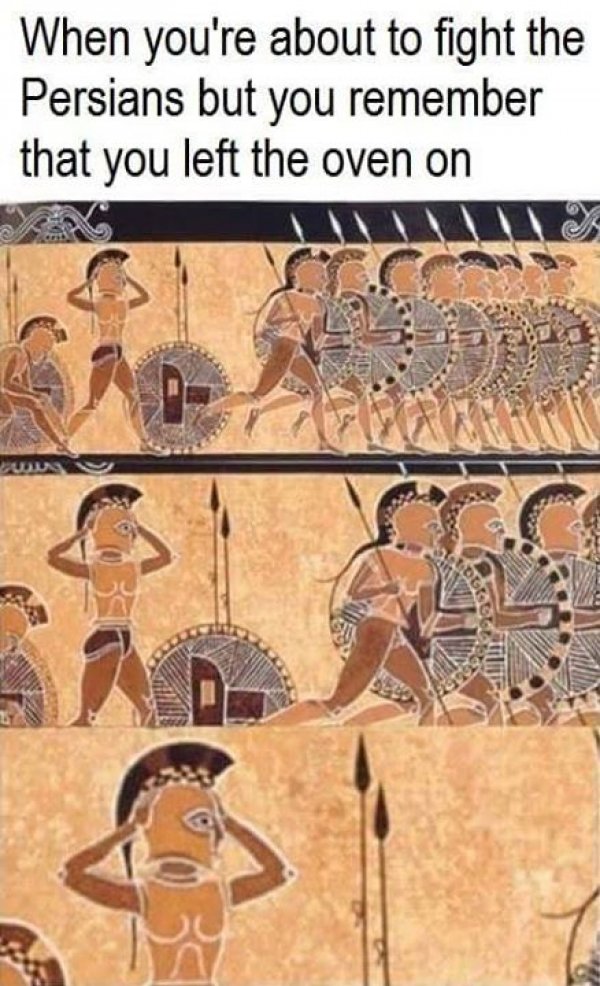Anyhoo, ... I thought it might be nice to a) revisit some of those for those of you who got back in the teaching groove and forgot them and b) introduce them to those of you who were out that day or were at different DWT sites.
So, many of us like a good story, right? For many of us that’s how we were introduced to History -- as a story to be told.
So ... check out this strategy to use a work of art.
First, picture one artwork you use (or plan to use) in your classroom. It actually works better as NOT a photo.
Ok, now, have your kids imagine what the context would be if that artwork were the BEGINNING of a “story”?
Now, how would the context be different if that artwork were the MIDDLE of of a “story” ?
Now, how would that context be different if that artwork were the END of a “story”?
I initially was curious how middle and high school teachers would respond to this. And then I had a high school teacher of AP classes tell me how great it was going to be in those AP classes and I realized that I had been thinking too narrowly...
I love seeing how students can wonder about context around a work of art. And see what they can learn about the actual context.
This strategy helps kids use the idea of a narrative to dig deeper into a work of art. It teaches them to elaborate or extend an idea. It helps kids look for connections, patterns, and meanings.
 This strategy is quick and easy. You can use it with any artwork that stands still in time (not a video or something that shows something over time or something. You can have something prepared on the screen/board/handout or you can just wing it and ask the questions as a Turn and Talk, journal moment, bellwork, or discussion.
This strategy is quick and easy. You can use it with any artwork that stands still in time (not a video or something that shows something over time or something. You can have something prepared on the screen/board/handout or you can just wing it and ask the questions as a Turn and Talk, journal moment, bellwork, or discussion.
Try it with whatever artwork moves you. Try it out loud or on paper.
Just try it.
And let me know how it goes!
As always, I love to hear from you! Email me at newmantr@pcsb.org
-Tracy